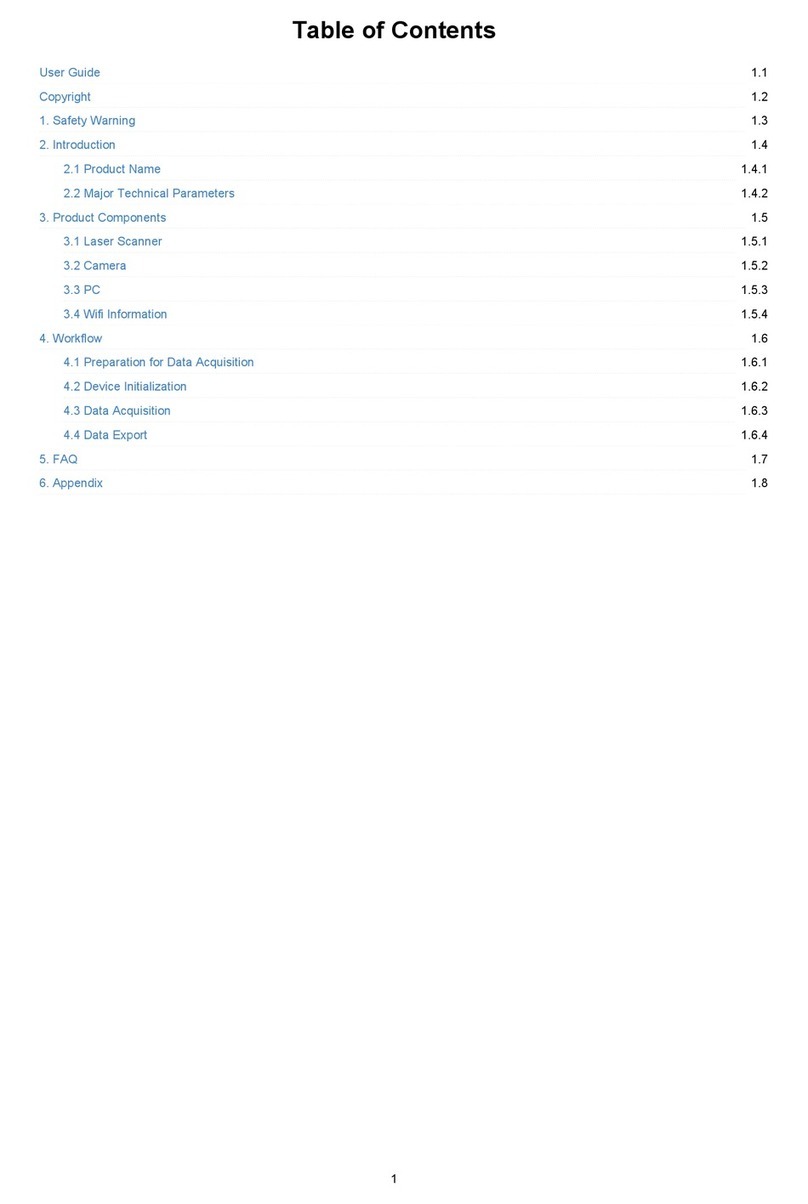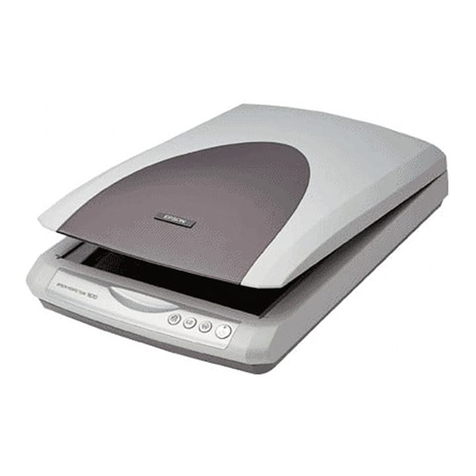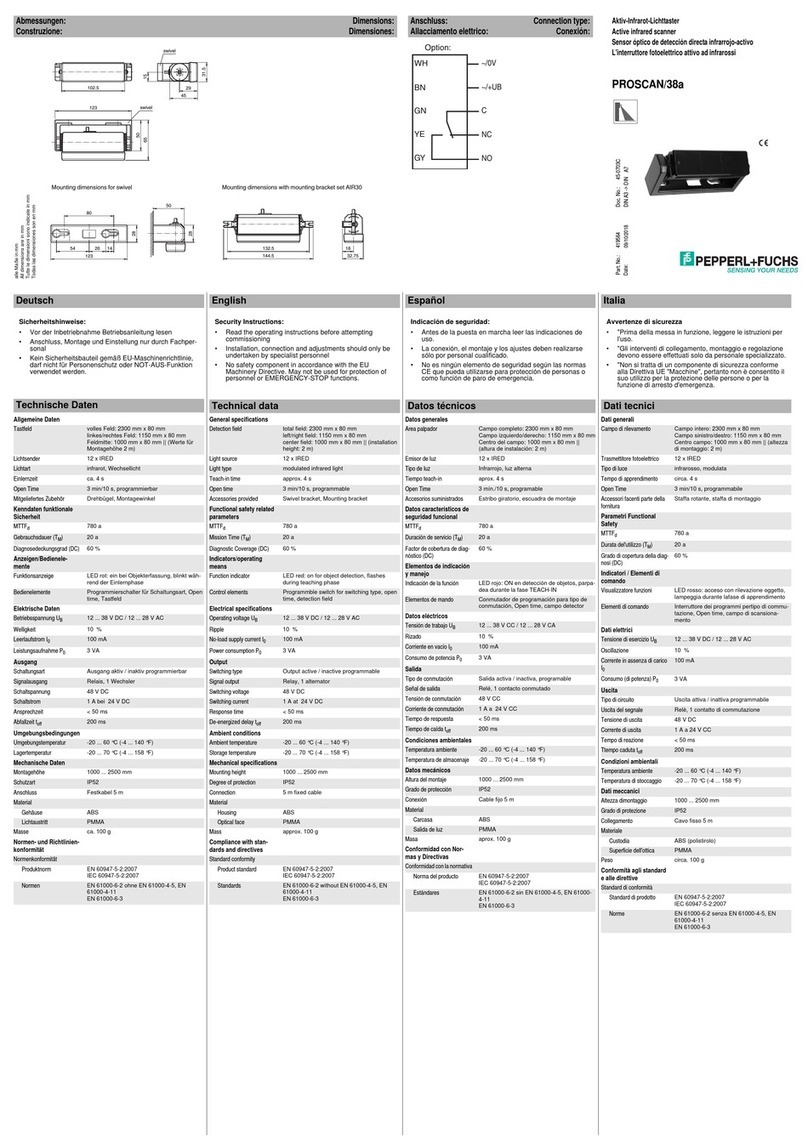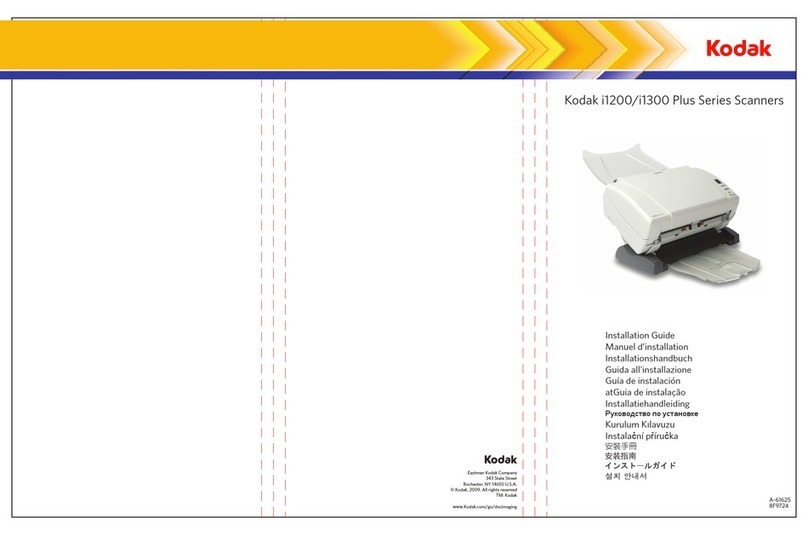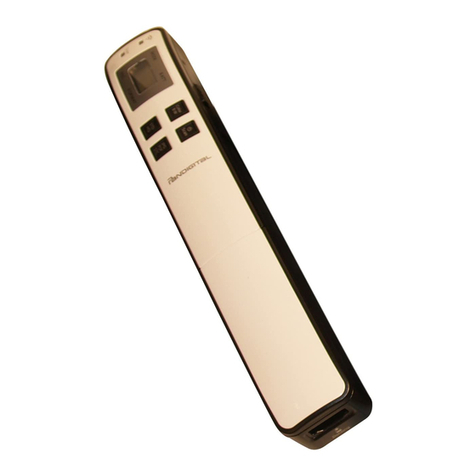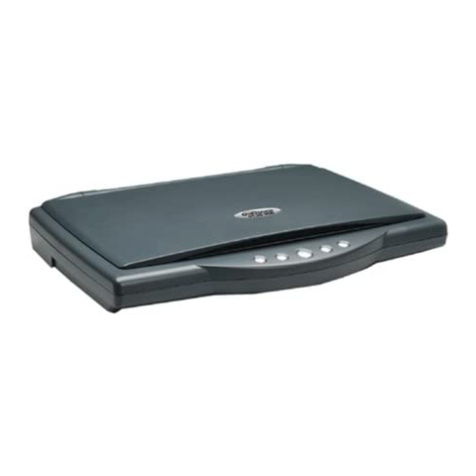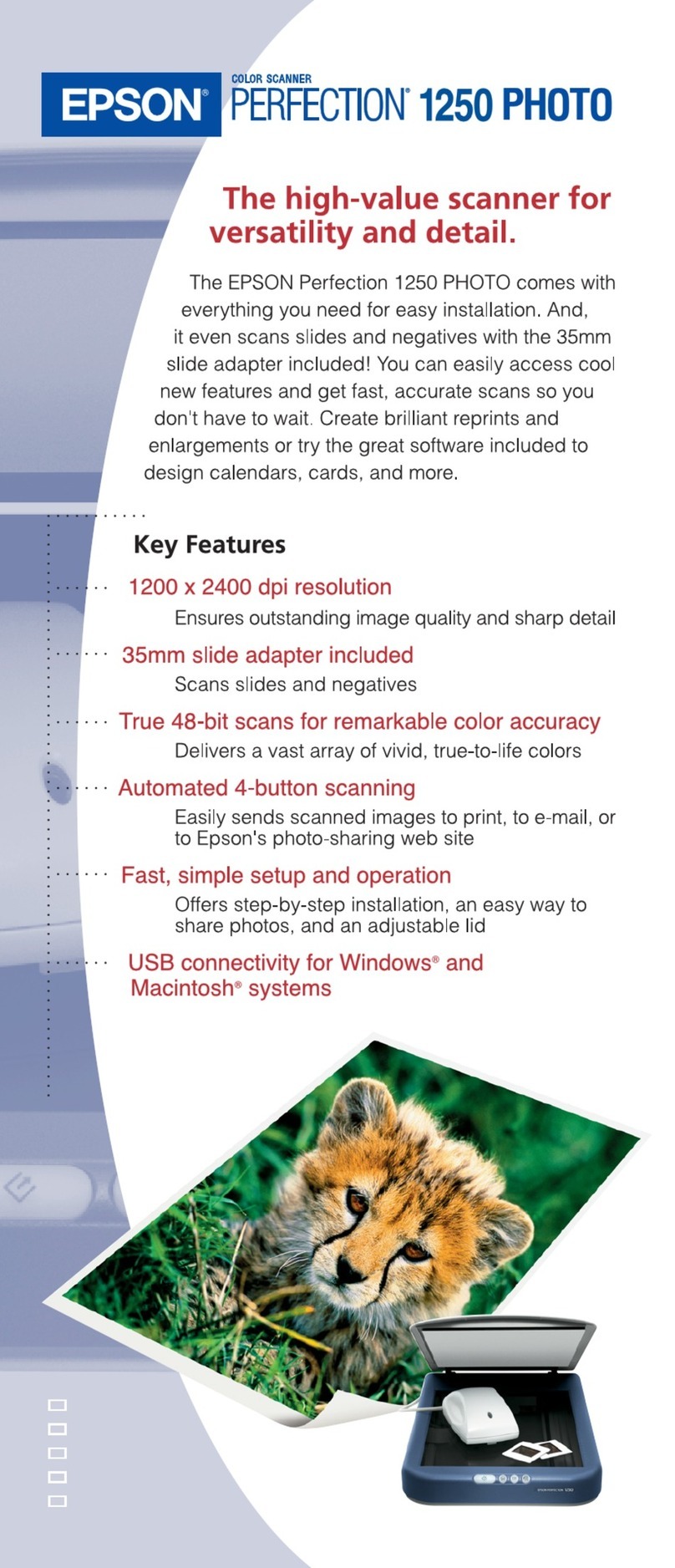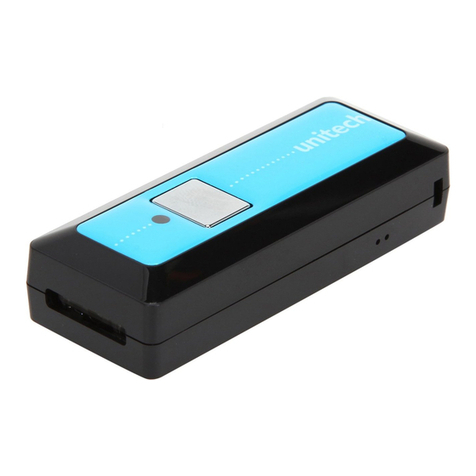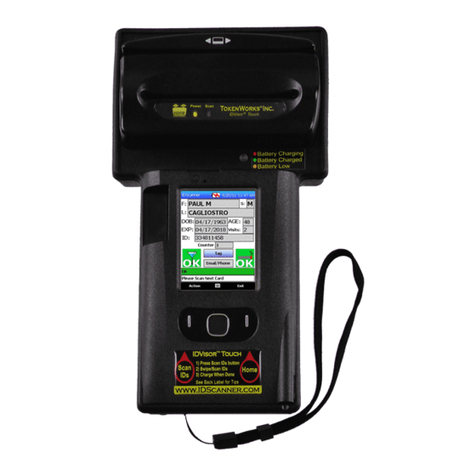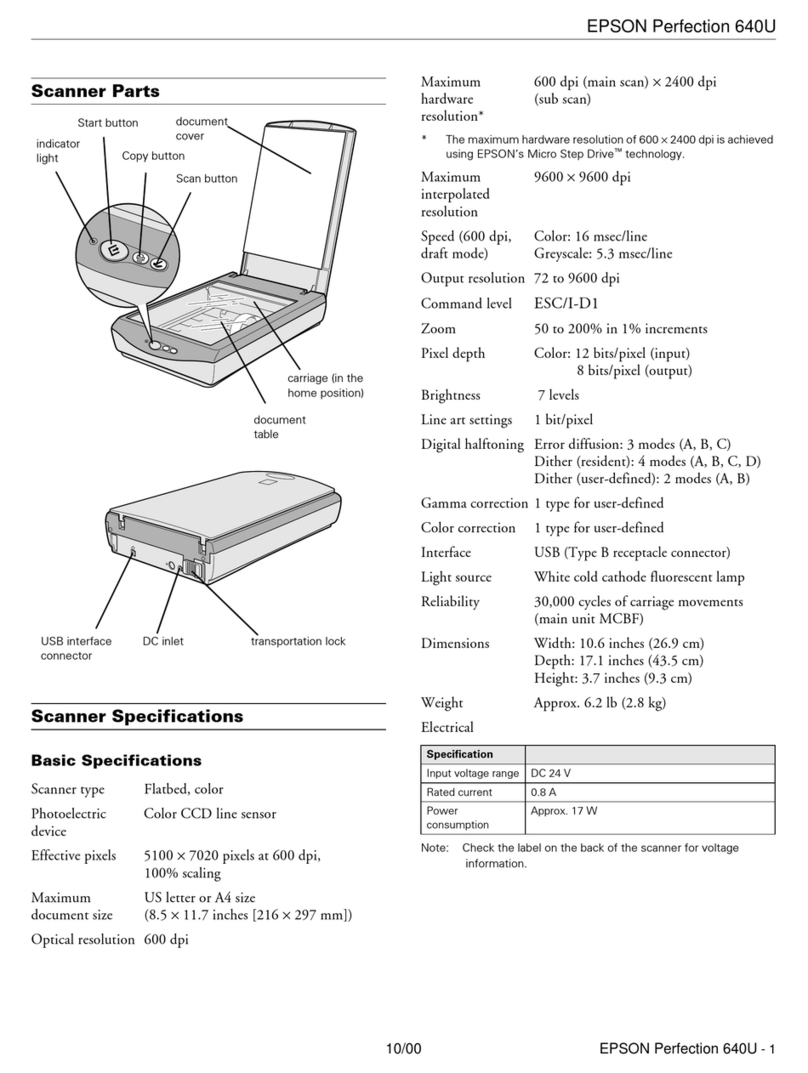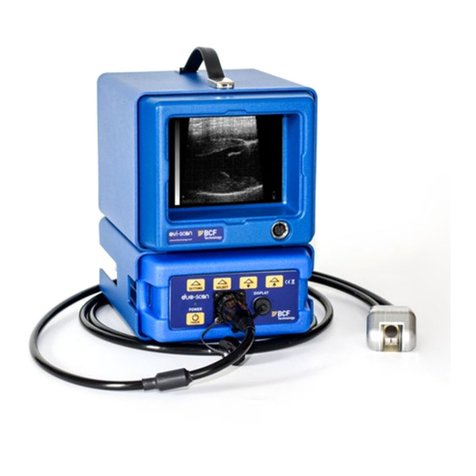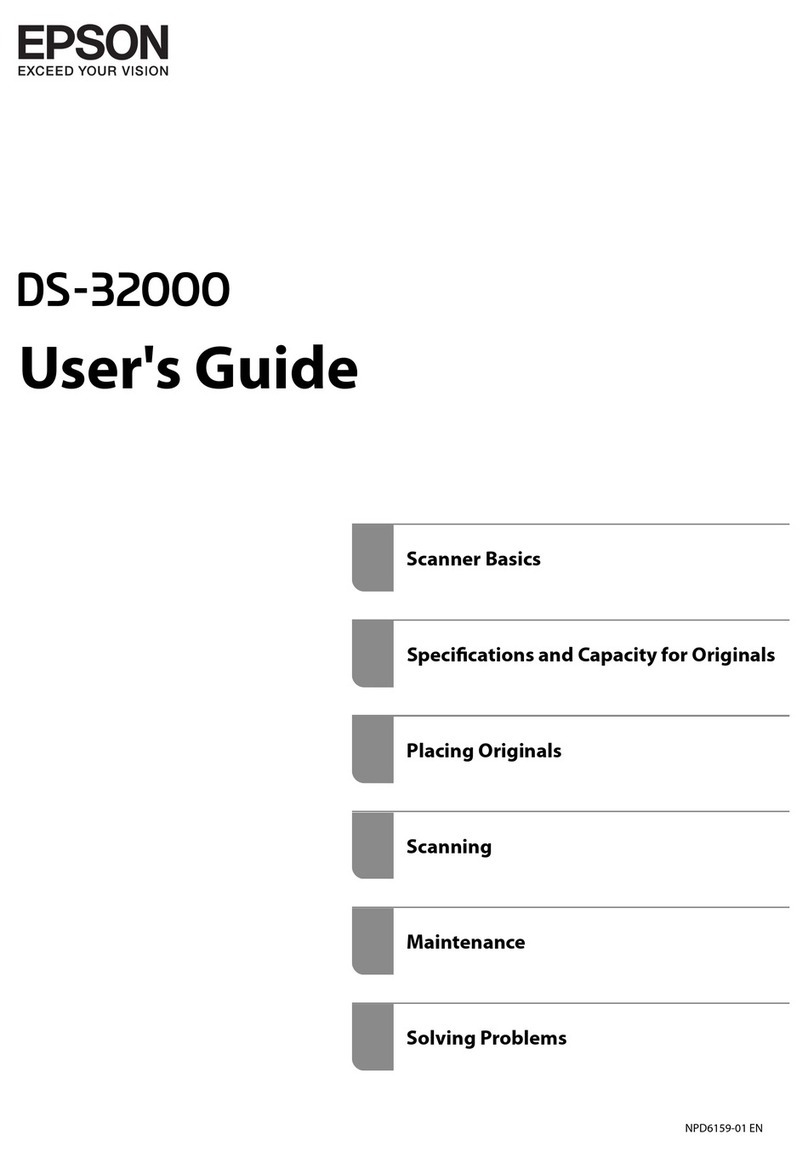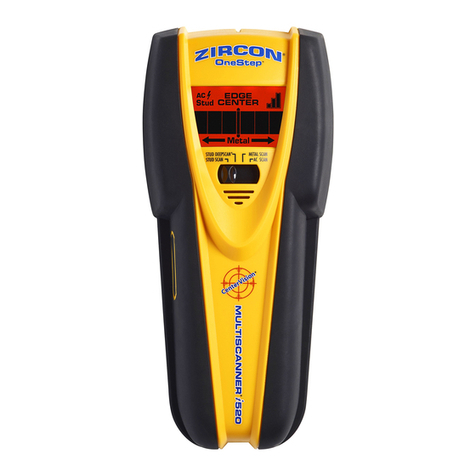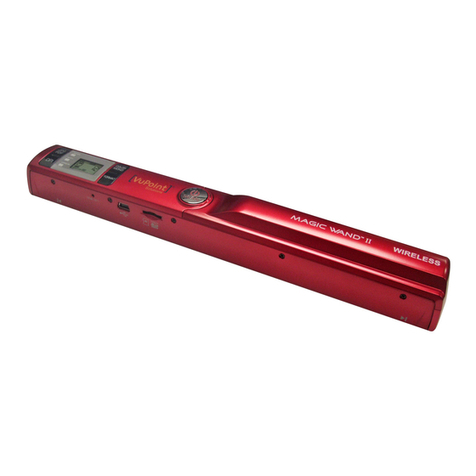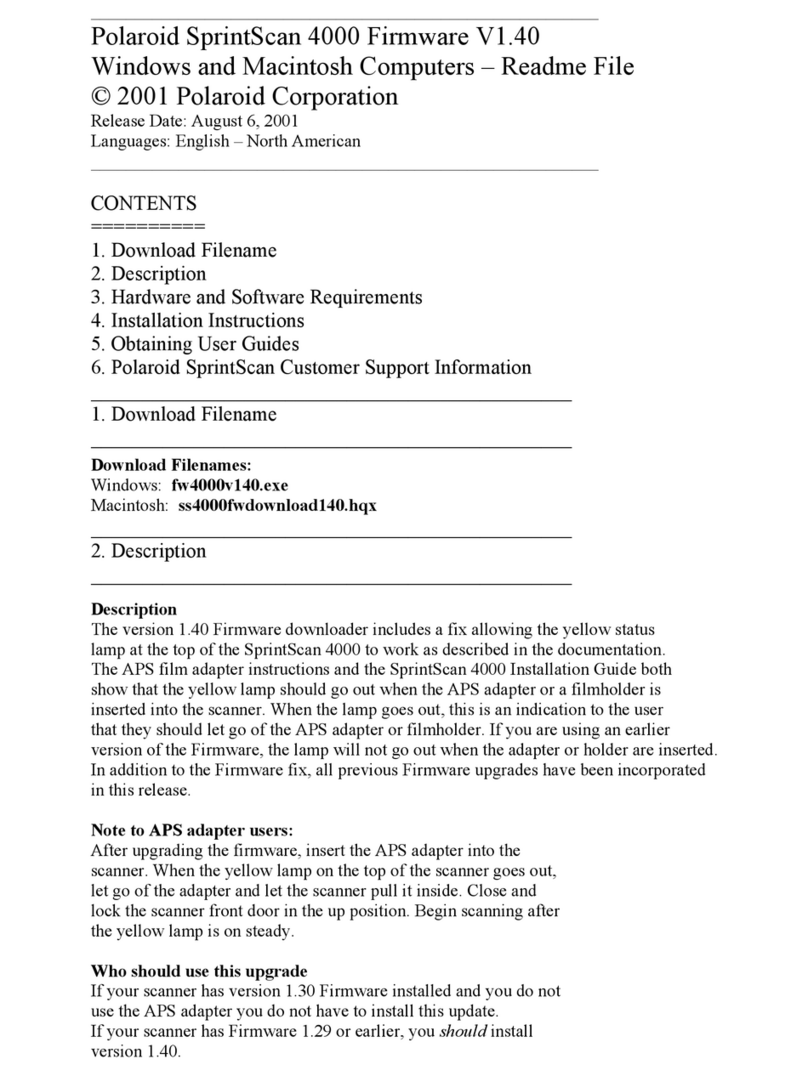GreenValley LiAir 220 User manual

LiAir 220 User Guide • GreenValley International
LiAir 220
UAV Lidar Scanning System
User Manual
GreenValley International

LiAir220 User Guide • GreenValley International
Contents Table
1 User Notice..................................................................................................................................1
2 Product Introduction................................................................................................................4
2.1 Product Parameters.....................................................................................................5
2.2 Product Structure Diagram.......................................................................................7
2.3 Product Composition..................................................................................................8
2.3.1 LiDAR Scanner.................................................................................................. 8
2.3.2 Combined Navigation System..................................................................11
2.3.3 Storage Control Unit....................................................................................12
2.3.4 Camera..............................................................................................................13
2.3.5 Ground GNSS Base Station........................................................................13
3 Product Components............................................................................................................17
4 Data Acquisition......................................................................................................................18
4.1 Base Station Setup .....................................................................................................18
4.2 Device Installation......................................................................................................21
4.3 Parameter Setting......................................................................................................23
4.4 Firmware Upgrade.....................................................................................................26
4.5 Data Collection........................................................................................................... 27
5 Data Download....................................................................................................................... 28
5.1 LiAir 220 Data Download........................................................................................ 28
5.2 Base Station Data Download................................................................................. 28

LiAir220 User Guide • GreenValley International
6 Data Processing...................................................................................................................... 29
6.1 Project Organization.................................................................................................29
6.2 Open Project............................................................................................................... 30
6.3 Parameter Settings for Calculation ...................................................................... 31
6.3.1 POS Processing Settings .............................................................................32
6.3.2 Laser Settings ..................................................................................................35
6.3.3 Camera Settings............................................................................................ 36
6.4 Data Calculation.........................................................................................................37
7 System Transport and Maintenance................................................................................ 48
7.1 Precautions for Equipment Use............................................................................ 48
7.2 Equipment Maintenance ......................................................................................... 49

LiAir 220 User Guide Read This First
1
1 User Notice
Safety Tips
1. The laser used in this device is a Class 1 laser product, so there is no need for
personal protective equipment. It has been certified for eye safety by CB and
complies with the IEC60825-1:2014 standard.
2. To ensure the safety of the operator and the device, please read this manual
carefully before use and ensure that you have received qualified operational
training. (Not to be used by individuals under 18 years of age)
3. Do not use the device if there is noticeable noise, alarm sounds, or damage.
Contact the manufacturer's technical personnel for repairs in a timely
manner. Forced use may cause permanent damage to the device.
4. Follow the operating instructions, suggestions, warnings, or precautions
provided by the manufacturer in this manual, among others.
5. This device operates at a voltage of 12~24V, 1A@24VDC. Do not use power
supply equipment outside this voltage range to prevent danger and
permanent damage to the device.
6. Keep the power, USB, network cable, and other connectors clean and dry. Do

LiAir 220 User Guide Read This First
2
not insert objects other than the corresponding plugs.
7. Do not disassemble the device or replace parts not provided by the
manufacturer without authorization, as this may cause danger and damage
to the device. If disassembly is required, please contact the manufacturer and
proceed under the guidance of the manufacturer's technical personnel.
8. This device is a precision instrument. Handle it with care, unload it from the
platform, and transport it in a dedicated transport case.
9. The device should be stored in a cool and dry place. Clean it after use and
make sure to disconnect the power during cleaning.
10. The operating temperature of this device is -20~50. Measurements may be
inaccurate, data may be lost, or the device may be damaged if operated
below or above this temperature range.
11. Before using the device, ensure that the operating environment is free from
electromagnetic interference. Please refer to the user manual for specific
standards.
12. There are specific guidelines for the use and storage of batteries. Please refer
to the lithium battery use/storage guidelines.
13. This device is a precision electronic instrument. Do not dispose of it carelessly.
When the device is scrapped, do not throw it directly into the trash. You can
send it back to the manufacturer for disposal, or you can handle it yourself in

LiAir 220 User Guide Read This First
3
accordance with the "Regulations for the Recycling and Disposal of Waste
Electrical and Electronic Products". The final interpretation right belongs to
GreenValley International Inc.
GreenValley International Inc.
30/2/2023

LiAir220 User Guide Product Introduction
4
2 Product Introduction
The LiAir 220 adopts an integrated design scheme, integrating a 40-line circular
scanning LiDAR, an inertial navigation system, and a built-in 2600W
high-resolution mapping camera. Paired with GreenValley's self-developed
software such as LiPlan/LiGeoReference, it can provide integrated solutions for
emergency mapping, forestry resource surveys, power inspections, and other
fields.
1. A dynamic differential GNSS receiver used to measure the spatial position of
the reference point of the LiDAR signal emission.
2. An attitude measurement device, i.e., an inertial navigation device, used to
measure the attitude parameters of the main optical axis of the scanning
device.
3. A laser rangefinder is used to measure the distance from the reference point
of the LiDAR signal emission to the ground laser foot point, which is the core
part of the entire integrated system, i.e., the laser scanning head.

LiAir220 User Guide Product Introduction
5
4. A storage control system is used for data storage, device control, receiving
signals sent from the ground to the airborne end, and controlling device
parameter adjustment, data collection, and download functions.
5. A power system is used to supply power to the entire device.
Working Principle of the Product:
1. The system controls the device to collect data by receiving and executing
commands sent by the hardware switch or the LiPlan flight assistant.
2. All the collected raw data is stored in the TF card. After data collection is
completed, it is copied to the local computer for data processing.
3. The LiGeoreference software is used to fuse the position and angle
information in the LiDAR system coordinate system with the POS data to
obtain accurate geographic coordinates.
2.1 Product Parameters
LiAir 220 System Parameter Table
Weight
2.1kg
Scanning Range (Clear outdoor
@100 klx)
0.3~200 m @ 10% Reflectivity
FOV
360°(Horizontal) ×40° (Vertical)
Number of Returns
Dual Returns

LiAir220 User Guide Product Introduction
6
Scanning Rate
Single Return: 720,000 pst/s
Dual Returns: 1,440,000 pst/s
Camera Pixels
2600W
POS Attitude Angle Accuracy
(Post-processing)
0.008°
POS Azimuth Angle Accuracy
(Post-processing)
0.038°
System Accuracy (Elevation)
5 cm@70m
Dimensions
189.7*104*169.2mm
Voltage
12~24V, 2A@12VDC
Power Consumption
24W
Working Temperature
-20~50℃
Storage Temperature
-30~60℃
UAV Model
M300 RTK
Communication
Wifi
Display Control Software
LiPlan
Data Processing Software
LiGeoreference

LiAir220 User Guide Product Introduction
7
2.2 Product Structure Diagram
1— Power Interface (PWR): Connects the power cord to supply power to the
device.
2— Switch Button (ON/OFF) and Indicator Light: The device power-on and
project creation button (shared), displaying the working status of the device.
3— USB-C Interface: Used for communication between the computer and the
device, including system upgrades, data downloads, etc.
4— Memory Card Slot: Built-in 256G TF card, used for data storage.
5— GNSS1: Main antenna interface.
6— GNSS2: Secondary antenna interface.
Switch Status Indicator Light Meaning:

LiAir220 User Guide Product Introduction
8
LED
Color/Status
Indications
ON/OFF
Red color fast
flashing 4 times/s
Power-on success, system initializing
Green color stay
on
System initialization successful
Green color slow
flashing 1 time/s
Project created, inertial navigation data
recording, system functioning normally
Red color slow
flashing 1 time/s
Project created, inertial navigation data
recording, system malfunction
Red color stay on
System status abnormal, reasons include:
1. TF card space less than 15G
2. M300 RTK aircraft PSDK module not
activated
3. Inertial navigation not aligned
4. Camera self-check failure
5. Laser not synchronized
2.3 Product Composition
2.3.1 LiDAR Scanner
The laser scanning head is the core of the system. The LiDAR uses a laser as the

LiAir220 User Guide Product Introduction
9
light source for emission and a photoelectric detection sensor as the receiving
element. It measures and records the distance and angle based on the principle
of laser ranging, thereby determining the azimuth information of the object
being measured.
The transmitter in the LiDAR emits a beam of ultra-short light pulses that hit the
object and diffuse back to the receiver. The speed of light is known, and the
distance from the target object to the sensor is calculated by the flight time of
the laser beam in the air.
LiDAR Ranging Formula:
S is the distance from the sensor to the target object, c is the speed of light, and
△t is the round-trip time of the laser.
The LiAir220 product integrates a HESAI 40-line circular scanner, with the

LiAir220 User Guide Product Introduction
10
following parameters.
Scanner Parameter Table
Scanning
Principle
Rotating Motor
Number of
Channels
40
Scanning Range
0.3~200m (@ 10% Reflectivity)
Measurement
Rate
1440 kHz (Dual Returns)
Scanning Rate
10HZ, 20HZ
Horizontal FOV
360°
Vertical FOV
40°
Vertical Angular
Resolution
0.33°

LiAir220 User Guide Product Introduction
11
Laser Level
Class 1 Eye-safe
Number of
Returns
2
Scanning
Accuracy
2cm
Note: The laser scanning head cannot be directly irradiated with strong lasers (including two
sensors facing each other), to avoid damage to the receiving sensor by high-intensity lasers.
2.3.2 Combined Navigation System
The Position and Orientation System (POS) is formed by combining GNSS, INS,
and attitude estimation software. Its main function is to provide position and
orientation information for a laser scanning system through joint computation of
GNSS and INS data.
1. GNSS System
The Global Navigation Satellite System mainly includes the American GPS
navigation system, the European "Galileo", the Chinese Beidou navigation system,
and the Russian GLONASS. The GNSS system of LiAir220 includes the GNSS
aviation antenna installed on the aircraft and the ground base station.
2. INS Unit
INS, or Inertial Navigation, is composed of a high-precision three-axis gyroscope
and accelerometers in three coordinate axis directions. It is also the reference

LiAir220 User Guide Product Introduction
12
center of the entire LiDAR system. Its main advantage is that it can obtain
real-time attitude and coordinate positions without external references.
Main components: Gyroscope + Accelerometer
The product host has a built-in 3-axis MEMS gyroscope, a 3-axis built-in MEMS
accelerometer, and a dual GNSS/BD receiver. Through the new generation of
satellite/inertial combined navigation algorithms, it can provide accurate,
real-time, and reliable multi-parameter navigation information.
3. Inertial Navigation Accuracy Table
System Accuracy
(Post-processing)
Heading
0.038°(1σ)
Attitude
0.008°(1σ)
Data Frequency
200HZ
2.3.3 Storage Control Unit
The main functions of the Storage Control Unit are as follows:
1. Receive ground control information and accurately transmit instructions to
the corresponding sensors.
2. Control and coordinate the normal operation of various sensors.
3. Store data from the LiDAR, inertial navigation system, photos, and log
information in the system's memory card.

LiAir220 User Guide Product Introduction
13
2.3.4 Camera
The built-in camera in LiAir 220 has the following main parameters:
Sensor
APS-C Image Format
Lens
16mm Fixed-Focus
Pixels
2600 万
Pixel Size
3.76um
Image Format
6252*4168
DFOV
83°
2.3.5 Ground GNSS Base Station
The main function of the ground GNSS base station is to perform long-term
observations at a fixed location, providing high single-point accuracy and serving
as a reference for the differential positioning of unmanned aerial vehicles (UAVs).
A GPS base station consists of a GPS antenna, GPS receiver, and power supply.
Base Station Overview
1 - Power Interface (9-30V, 0.3A@12V)

LiAir220 User Guide Product Introduction
14
2 - USB Interface: Used to connect the base station to a computer for data
transfer
3 - Base Station Status Indicator: Indicates the status of the base station
4 - Save Button: Used for data storage on the base station/stop storage (long
press)
5 - GPS Antenna Feedline Interface: Used to connect the GPS antenna to the
base station via the feedline
Meaning of Base Station Panel Indicator Lights:
LED
Color/Status
Indications
Steady Red
Power supply voltage normal
Flashing Red
Low power supply voltage, battery needs to be
replaced
Steady Blue
GPS position information storage has started
Flashing Blue
System SD card mount failure or space less than 1G
Off
GPS position information storage not started/ended
Slow Flashing
Orange
Base station position locking in progress
Steady Orange
Base station position locked
Base Station Performance Parameters Table:

LiAir220 User Guide Product Introduction
15
Performance
Indicators
Signal
Tracking
120 Dynamic Channels
GPS:L1, L2, L2C,LC
GLONASS: L1, L2, L2C
BDS: B1, B2
GALILEO: E1, E5a, E5b, ALtBOC, SBAS, QZSS,
L-band
Horizontal
Positioning
Accuracy
Single Point L1: 1.5m
Single Point L1/L2: 1.2m
SBAS: 0.6m
DGPS: 0.4m
RT-2: 1cm+1ppm
Initialization time: <10s
Initialization reliability: >99.9%
Data Update
Rate
Raw data: up to 50Hz Location data: up to
50Hz
Time to First
Fix
Cold start: <50s Hot start: <35s
Physical
External
130 X 90 X 32mm

LiAir220 User Guide Product Introduction
16
Dimensions
and Electrical
Features
Dimensions
Weight
300g
Input Voltage
12V
Power
Consumption
4W
Communication
Interfaces
Data
Download
Method
Provides USB port for automatic download via
flash drive
Environmental
Indicators
Temperature
Operating Temperature: -40°C - +75°C
Storage Temperature: -40°C - +75°C
Humidity
95% Non-condensing

LiAir220 User Guide Product Components
17
3 Product Components
① LiDAR Gondola ×1 ② USB Cable ×1 ③ GNSS Antenna Component ×1
④ GNSS Antenna ×2 ⑤ 256G TF Card ×1 ⑥ Card Reader ×1 ⑦ USB Drive ×1
⑧ Tools ×2 ⑨ Documentation ×1
Note: The actual product list is subject to delivery.
Table of contents
Other GreenValley Scanner manuals


